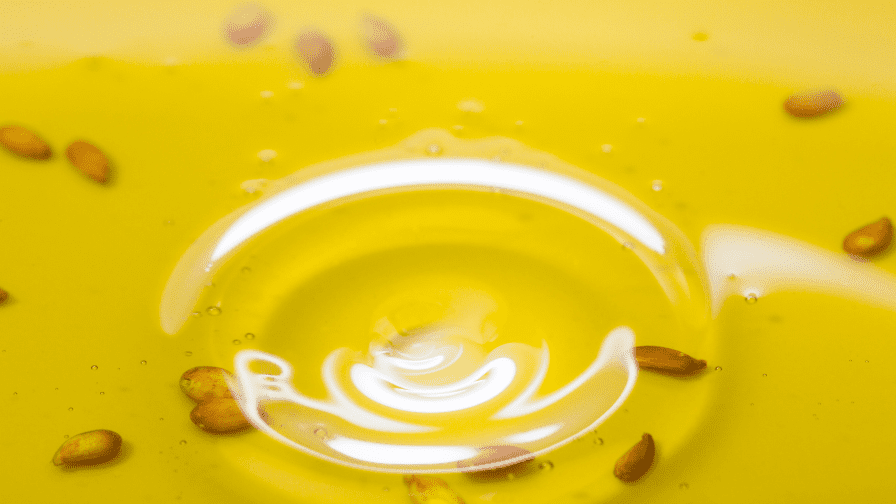
Boiled linseed oil is a popular option for wood finishes. This type of oil can be used on interior and exterior surfaces, and it provides a beautiful finish that lasts for years. In this blog post, we will discuss how many coats of boiled linseed oil you should apply in order to get the best results.
What Is Boiled Linseed Oil And What Are Its Benefits
Boiled linseed oil is a natural product made from flax seeds. It has been used for centuries as a woodworking oil and is still popular today. It penetrates deep into the grain of the wood, providing protection from the inside out.
There are many benefits of using linseed oil as a wood finish.
- This oil is best for oil-based paints because it helps the paint to completely level and set properly. This gives a smoother finish and enhances the appearance of wood.
- Linseed oil can also help to hide scratches and dents, and is non-toxic and food safe.
- In addition, this oil is water-resistant, eco-friendly, and elastic.
- Linseed oil can also be used as a wood or leather conditioner.
With so many benefits, it’s no wonder that this oil is still a popular choice for woodworking. But how many coats should you apply?
How Many Coats Of Boiled Linseed Oil Should I Apply?
How many you should apply depends on the wood type and the desired level of protection. For example, if you are using it to protect a piece of outdoor furniture, you will need to apply more coats than if you are using it to protect indoor furniture. In general, you should apply 3-4 coats to outdoor furniture and 2-3 coats to indoor furniture. You can apply more or fewer coats depending on your needs.
How To Apply Boiled Linseed Oil
Subscribe to Fabian’s Tiny Workshop
To apply boiled linseed oil, simply soak a clean cloth in the oil and rub it into the wood. Be sure to cover the entire surface, including any cracks or crevices. Let the oil soak into the wood for at least an hour before wiping off any excess. Allow the wood to dry completely before using or handling it.
How Long Does It Take Boiled Linseed Oil To Dry?
The actual drying time depends on a number of factors, such as the temperature and humidity of your environment, the type of finish you’ve applied, and how much oil you’ve used. However, you can typically expect it to take anywhere from 24-72 hours to completely dry.
Should You Sand Between Coats Of Boiled Linseed Oil?
Yes, you should sand between coats and the best way to sand it is to use either a grit grey scotch brite pad, 400-600 grit sandpaper, or a #0000 grade steel wool. Just lightly sand the surface until it’s dull and smooth, then apply the next coat. Let the first coat dry for at least 24 hours before applying the second coat, and let the second coat dry for at least 48 hours before applying the third and final coat.
Do You Wipe Off Boiled Linseed Oil?
Subscribe to Loki’s Librarian
As with any oil-based finish, you should wipe off any excess oil that doesn’t soak into the wood. Otherwise, you’ll end up with a sticky mess.
Tips For Keeping Your Wood Finish Looking Great For Years To Come
One of the best ways to protect your wood finish and keep it looking great for years to come is to apply a coat or two of the oil.
It is a natural product that penetrates deep into the wood, providing protection from both the inside out. It’s also a great way to bring out the natural grain of the wood.
When applying the oil, it’s important to work in thin coats and allow each coat to dry thoroughly before applying the next. A good rule of thumb is to apply two or three coats for light protection, and four or more coats for heavier protection.



